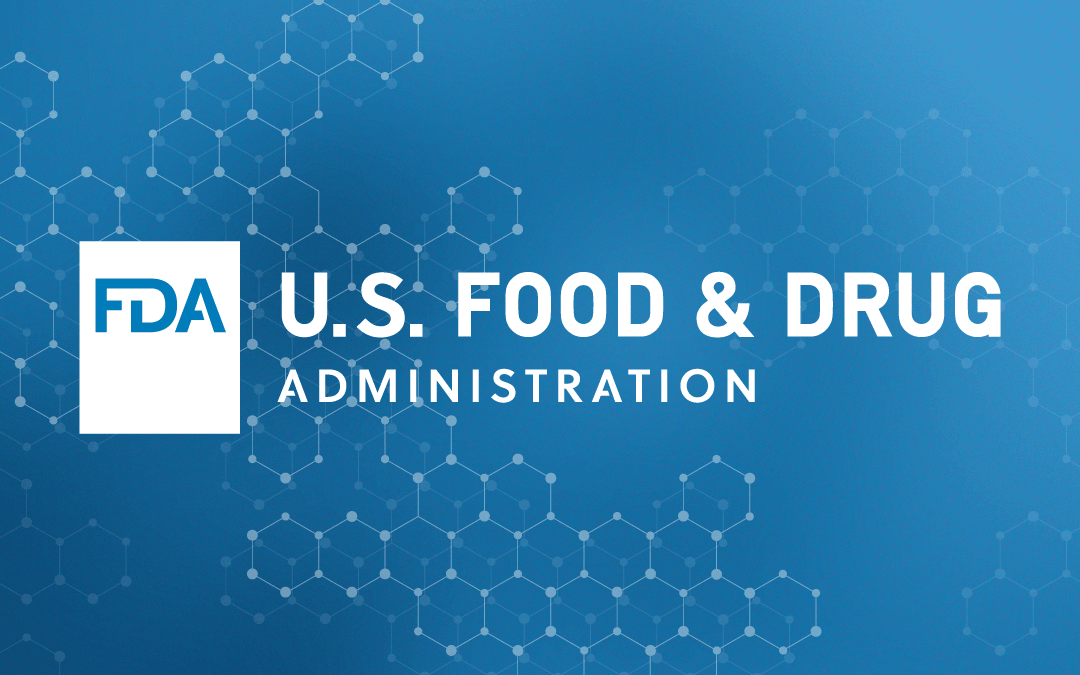The Food and Drugs Administration (FDA or the Agency), the US regulating authority in the sphere of medical devices, has published detailed guidance dedicated to the eSTAR Pilot Program, which is a part of the 510(k) Program Pilots together with the 510(k) Review Program Pilot. The pilot programs, in general, are intended to introduce a more efficient approach to regulatory procedures related to placing high-risk medical devices on the market.

It is important to mention that such programs do not substitute the general regulatory requirements regarding the safety and performance of medical devices to be demonstrated by the interested party.
According to the update recently published by the Agency, the Quality in 510(k) Review Program Pilot will be replaced with the eSTAR Pilot Program on May 30, 2021. Starting from this date, interested parties should apply for the latter instead.
The information notice published by the FDA also provides the definitions of the most important terms, namely:
- eCopy stands for an electronic version of a medical device submission created and submitted on a compact disc (CD), digital video disc (DVD), or a flash drive.
- eSubmitter is a special software incorporating the templates to be used when preparing the submissions.
- Electronic Submission Template – a collection of questions, text, logic, and prompts within a template that guides a user through the preparation of a complete 510(k) submission.
eStar Pilot Program: Key Points
The electronic Submission Template And Resource (eSTAR) provides parties interested in placing their products on the market (the sponsors) with additional clarifications and recommendations related to the content of a 510(k) submission. It constitutes an electronic submission template provided in PDF format.
According to the document, the aforementioned template contains:
- Automation (e.g., form construction, auto-filling);
- Content and structure that is complementary to CDRH internal review templates;
- Integration of multiple resources (e.g., guidances, databases);
- Guided construction for each submission section; and
- Automatic verification (i.e., FDA does not intend to conduct a Refuse to Accept review).
As stated by the FDA, participation in the eSTAR pilot program is voluntary. The pilot program itself is intended to assist sponsors in preparing 510(k) submissions and improve the latter’s overall quality to streamline the review process and allow the Agency to utilize its resources in a more efficient manner. At the moment, the Agency is going to evaluate the performance of the new pilot project and compare it to the eCopies framework. As with other regulatory improvements, the new pilot is also intended to simplify regulatory procedures associated with placing new medical devices on the market and consequently expand their availability for healthcare professionals and patients.
The pilot program described herein initially commenced on February 27, 2020. According to the information published by the Agency, nine companies have participated in the project. As of today, the regulating authority is no longer accepting applications for participation in pilot projects. However, medical device manufacturers are still allowed to use the eSTAR framework itself on a voluntary basis.
eSTAR constitutes a special file in PDF format, containing additional guidelines related to 510(k) submission. The FDA also provides a comparison highlighting the core aspects of the new approach, namely:
1. eSTAR file could be opened with a PDF reader and thus does not require special software to be used;
2. Its content is structured in accordance with the concept used during the review process;
3. The file additionally contains guidelines to be considered by the sponsors;
4. A person working with the file can add comments when necessary.
5. The new format supports various types of content (images or dynamic text), different platforms, and also supplements and amendments.
The new approach is much more flexible than the one used previously by the Agency. It also significantly simplifies the procedures to be performed by the sponsor when using it to prepare a 510(k) submission.

Procedures and Processes Associated with the eStar Pilot Program
The FDA further describes the particular steps to be performed by the interested party in order to prepare a 501(k) under the eSTAR framework. The process includes the following steps:
1. Downloading the templates themselves. The Agency additionally emphasizes that there are separate templates for general and in vitro diagnostic (IVD) medical devices, respectively. It is also mentioned that the templates are intended for creating a draft application but not for submitting it for review. The template itself also contains the appropriate instructions and recommendations describing the way it should be submitted.
2. Familiarize oneself with the instructions provided in the document, including all the sections thereof.
3. Complete the template in accordance with the aforementioned instructions.
Upon completion of the steps above, the sponsor may move forward with the submission itself. For this purpose, it should submit a set of documents containing the eSTAR PDF on a media carrier, accompanied by a printed cover letter. The authority additionally mentions that in case of participation in the eSTAR Pilot Program, the regulatory requirements related to eCopy framework could be waived.
The eSTAR PDF contains specific controls itself – once completed, it will show the indication “eSTAR Complete.” Such an indication is required for complying with the admissibility criteria. All files with the indication “eSTAR Incomplete” will be placed on hold. In such a case, the sponsor may submit either the updated and complete version of the eSTAR PDF or an eCopy file that complies with any and all applicable regulatory requirements. The FDA emphasizes that it will conduct a rigorous assessment of the accuracy of the information provided by the sponsor. Should the Agency identify any inaccuracies in the information provided in the file, the review process would be placed on hold.
Additional Aspects to be Considered
The official notice published by the FDA also provides additional information related to participation in the eSTAR Pilot Project and voluntary use of the eSTAR framework in general. For instance, it is stated that in certain cases, the sponsor may also have to submit responses to requests for additional information raised by the regulating authority.
The review process itself would be carried out by the Agency strictly in accordance with the applicable regulations on evaluation of substantial equivalence in 510(k) premarket notifications and procedures prescribed by the regulation 21 CFR 807 subpart E.
In summary, an official notice published by the FDA outlines the most important aspects related to the eSTAR Pilot Program – the new framework introduced in order to simplify the procedures associated with placing medical devices on the market and reduce the regulatory burden for medical device manufacturers and other parties involved. The document describes the main differences between the new framework and existing ones and also provides recommendations with regard to the particular procedure to be followed by the medical device sponsor using eSTAR PDF to prepare its submission.
How Can RegDesk Help?
RegDesk is a next-generation web-based software for medical device and IVD companies. Our cutting-edge platform uses machine learning to provide regulatory intelligence, application preparation, submission, and approvals management globally. Our clients also have access to our network of over 4000 compliance experts worldwide to obtain verification on critical questions. Applications that normally take 6 months to prepare can now be prepared within 6 days using RegDesk Dash(TM). Global expansion has never been this simple.
Sources:
https://www.fda.gov/medical-devices/premarket-notification-510k/510k-program-pilots

